Populations Interacting Individuals of the Same Species


Populations Outcomes
-
Describe what carrying capacity (K) is and how it can change over time.
-
Explain how we humans have raised our carrying capacity.
-
Analyze a population growth figure and a population pyramid.
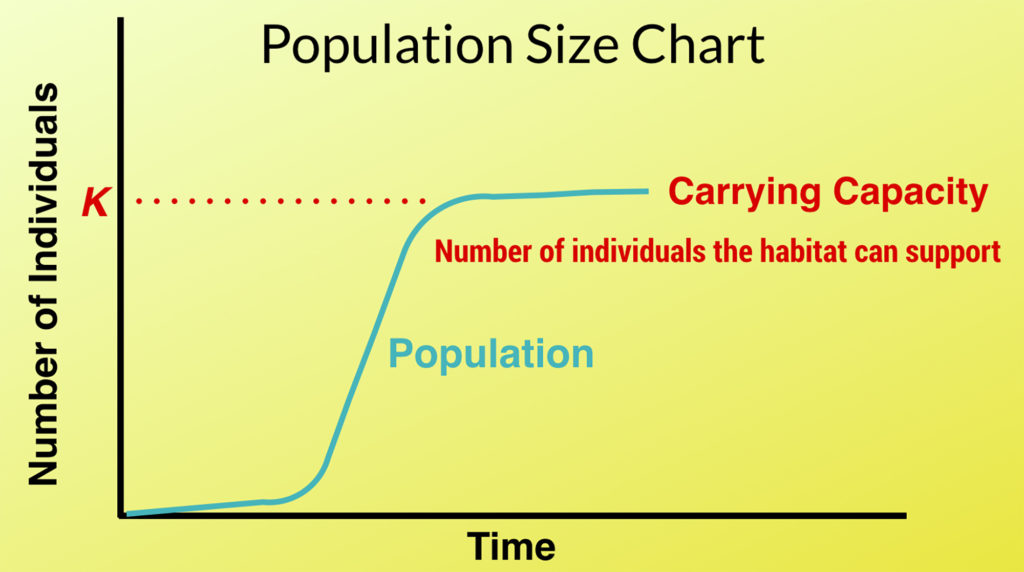
Populations of organisms have a maximum size due to limited carrying capacity, the number of individuals a habitat can support.
The following video explains the significance of carrying capacity.
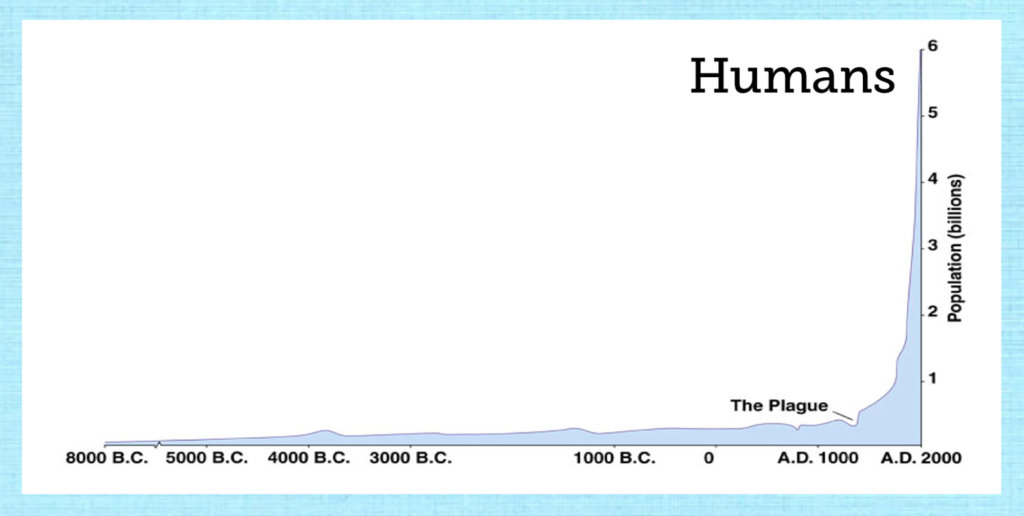
We have raised our own species\’ carrying capacity significantly over the past 150 years.
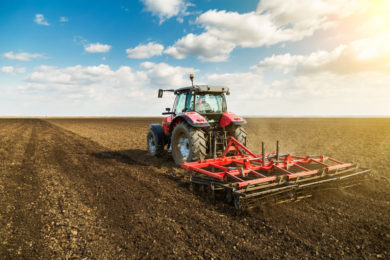
Green Revolution

Modern Medicine
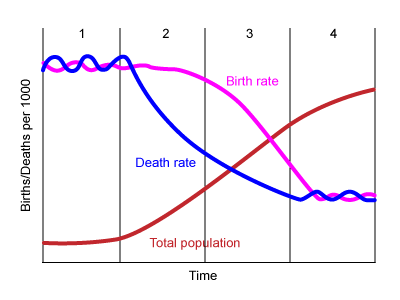
This population growth figure shows four different stages. In the first stage, annual birth rate and death rate are high and similar, so the population is a constant size. In the second stage, something drops the death rate like more food or better medicine. Since the annual birth rate now exceeds death rate, the population size is increasing. In the third stage, birth rate is declining, in humans this happens when more infants survive, families start having fewer children. In the fourth stage, birth rate and death rate are the same again and the population stays a constant size.
Countries with more people at younger ages will grow in size in the future as these individuals enter their reproductive years. So there will be a large population increase in Nigeria, but not the United States. These population pyramids are important in planning what resources will be needed in the future and whether there will be enough young people in the workforce.
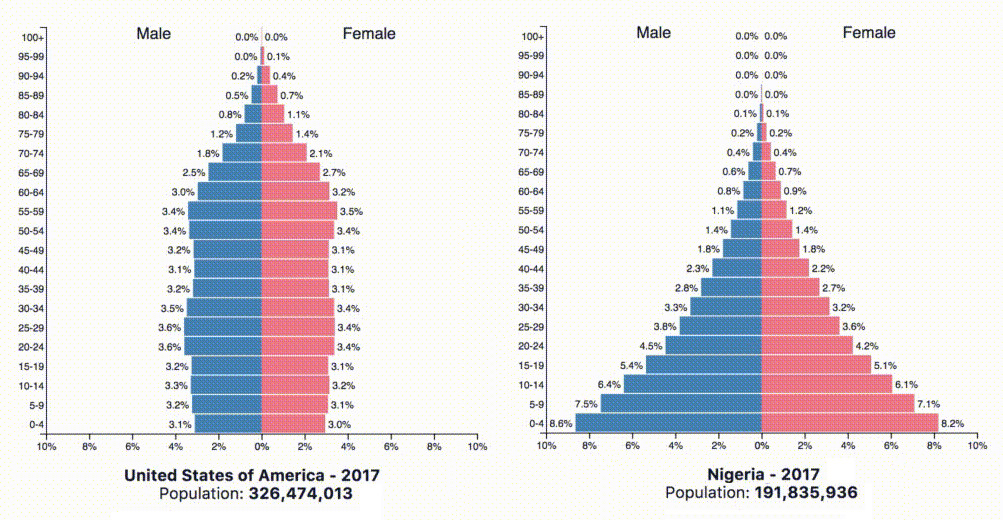
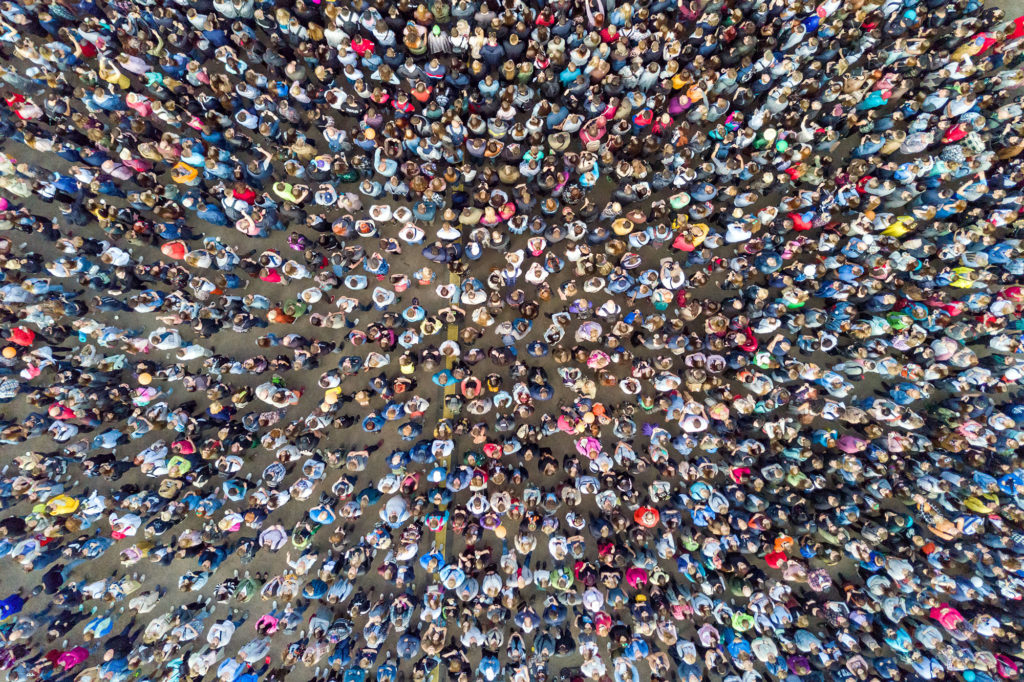
Check your knowledge. Can you:
-
describe what carrying capacity (K) is and how it can change over time?
-
explain how we humans have raised our carrying capacity?
-
analyze a population growth figure and a population pyramid?